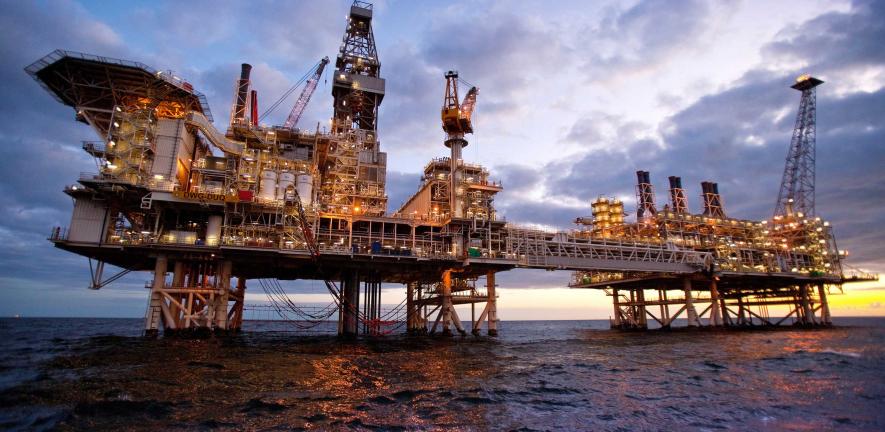
As energy companies begin to exploit resources located deeper in the sea bed, scientists at Cambridge University are taking part in a major international research partnership which will focus on research into critical materials.
As energy companies begin to exploit resources located deeper in the sea bed, scientists at Cambridge University are taking part in a major international research partnership which will focus on research into critical materials.
We now need to develop ways of manufacturing materials that can sustain pressures of up to 2000 atmospheres.
Professor Harry Bhadeshia
The quest for energy means that the world’s oil and gas industries are working in increasingly challenging environments, operating at unprecedented depths, pressures and temperatures. The new technologies required for operating in these environments with optimum safety and efficiency depend on the development of specialist materials for refineries, processing plants and pipelines.
In order to drive developments in advanced materials, energy giant BP is establishing a $100 million international research centre with the University of Manchester at its hub and the University of Cambridge as one of three further partners contributing to the research programme. The ten-year investment programme, known as the BP Centre for Advanced Materials (BP-ICAM), is expected to support a total of 25 new academic posts along with 100 post-graduate researchers and 80 post-doctoral fellows.
The other research partners in BP-ICAM’s 'hub and spoke' structure are Imperial College London and the University of Illinois at Urbana-Champaign. The four institutions will focus, both collaboratively and individually, on a range of research areas over the next ten years.
One of the first projects is being led by a consortium comprising Cambridge University’s Harry Bhadeshia and Manchester University’s Professors Peter Lee and Stuart Lyon. This inter-disciplinary group will work on the development of new structural materials for sub-sea installations.
The exploitation of resources located in deep water depends on vital equipment being placed on the sea bed. Risers and pipes which penetrate the sea bed to extract oil and gas must be capable of withstanding huge internal pressures while retaining characteristics, such as toughness and environmental resistance, over an extended life-span.
“The materials currently produced, which were designed for less exacting environments, are inadequate for the task,” said Professor Bhadeshia. “We now need to develop ways of manufacturing materials that can sustain pressures of up to 2000 atmospheres and employ structures that intrinsically resist embrittlement by hydrogen generated during corrosion reactions. Our aim is to design a novel ferrous alloy which can be manufactured on a large scale, containing particles that trap any hydrogen as it enters the steel from the environment, rendering it harmless.”
The team will develop specialist welding materials to compensate for the inevitable thermal contraction that accompanies the freezing of molten metal as the structure cools. This will entail engineering the dimensional changes accompanying crystal structure transformations in steels to obtain joints which are in a relaxed state of stress.
It is expected that the new materials emerging from the BP-ICAM collaboration will enhance safety within the energy industry and help to reduce the possibility of spills resulting from the corrosion of equipment. “The project and its philosophical framework offers the opportunity to create new concepts in engineering materials but with the interesting caveat that they must be capable of being manufactured on a large scale,” said Professor Bhadeshia.
This work is licensed under a Creative Commons Licence. If you use this content on your site please link back to this page.





